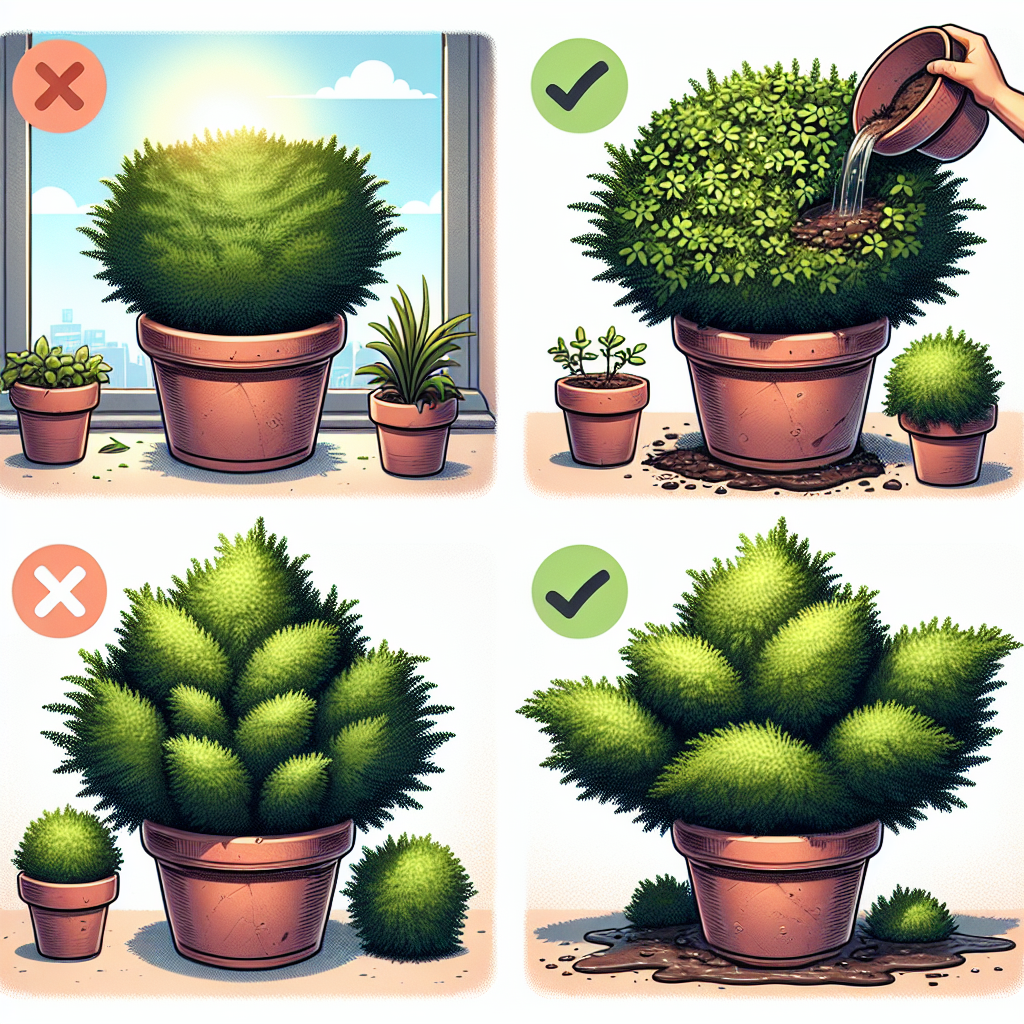Growing juniper in containers can be a rewarding experience for both novice and experienced gardeners. These evergreen shrubs are known for their low maintenance needs and beautiful, year-round foliage. However, there are some important dos and don’ts to keep in mind to ensure that your juniper thrives in a container environment.
Dos:
1. Choose the right container: When growing juniper in containers, it’s essential to select a container that provides adequate drainage. Junipers prefer well-draining soil, so make sure the container has drainage holes to prevent waterlogged roots.
2. Use the right soil mix: Junipers prefer slightly acidic, well-draining soil. A mix of potting soil and perlite or sand can help ensure the proper drainage and pH levels for your juniper.
3. Provide ample sunlight: Junipers thrive in full sun to partial shade. Place your container in a location that receives at least 6 hours of sunlight per day to promote healthy growth.
4. Water regularly: While junipers are drought-tolerant plants, they still need regular watering, especially during hot weather or when grown in containers. Check the moisture level in the soil regularly and water when the top inch feels dry to the touch.
5. Fertilize sparingly: Junipers are not heavy feeders and can thrive with minimal fertilization. A slow-release fertilizer applied once or twice a year should be sufficient to support healthy growth.
6. Prune as needed: Regular pruning can help control the size and shape of your juniper plant, as well as promote new growth. Prune back dead or damaged branches, as well as any overgrowth that may be detracting from the overall appearance of the plant.
7. Monitor for pests and diseases: Keep an eye out for common pests like spider mites or scale insects, as well as fungal diseases such as root rot or powdery mildew. Treat any issues promptly to prevent spreading to other plants.
Don’ts:
1. Overwater your juniper: One of the most common mistakes when growing juniper in containers is overwatering. Allow the top inch of soil to dry out before watering again, and always ensure proper drainage to prevent waterlogged roots.
2. Use heavy or compacted soil: Junipers dislike heavy clay or compacted soils that retain too much moisture. Opt for a light, airy potting mix that promotes good drainage and allows air circulation around the roots.
3. Place your container indoors: While some gardeners may be tempted to bring their juniper indoors during cold weather, these plants do best when grown outdoors year-round. Indoor environments can be too warm and dry for junipers, leading to stress or disease issues.
4. Neglect regular pruning: Without regular pruning, junipers can become leggy or overgrown, losing their attractive shape and structure over time. Keep up with routine pruning tasks to maintain a healthy and aesthetically pleasing plant.
5. Fertilize excessively: Over-fertilizing can lead to nutrient imbalances or burn roots, causing stress on your juniper plant. Follow recommended guidelines for fertilization rates and frequency to avoid detrimental effects on growth.
6. Ignore signs of stress: If you notice yellowing foliage, wilting leaves, or other signs of stress in your juniper plant, take action immediately to address the underlying issue. Whether it’s adjusting watering practices, repotting into a larger container, or treating pests/diseases, proactive care is key to keeping your juniper healthy.
In conclusion:
Growing juniper in containers can be a delightful addition to any garden or patio space if done correctly with attention given towards essential care practices such as proper soil mix selection for ideal drainage conditions; placement where there is ample sunlight exposure; regular but not excessive watering; minimal fertilization; timely pruning; monitoring for pests/diseases; avoiding common mistakes like overwatering/using heavy soils/placing indoors/neglecting pruning/over-fertilizing/ignoring signs of stress.
By following these dos and don’ts outlined above you can enjoy vibrant greenery from your potted juniper plant throughout all seasons!














